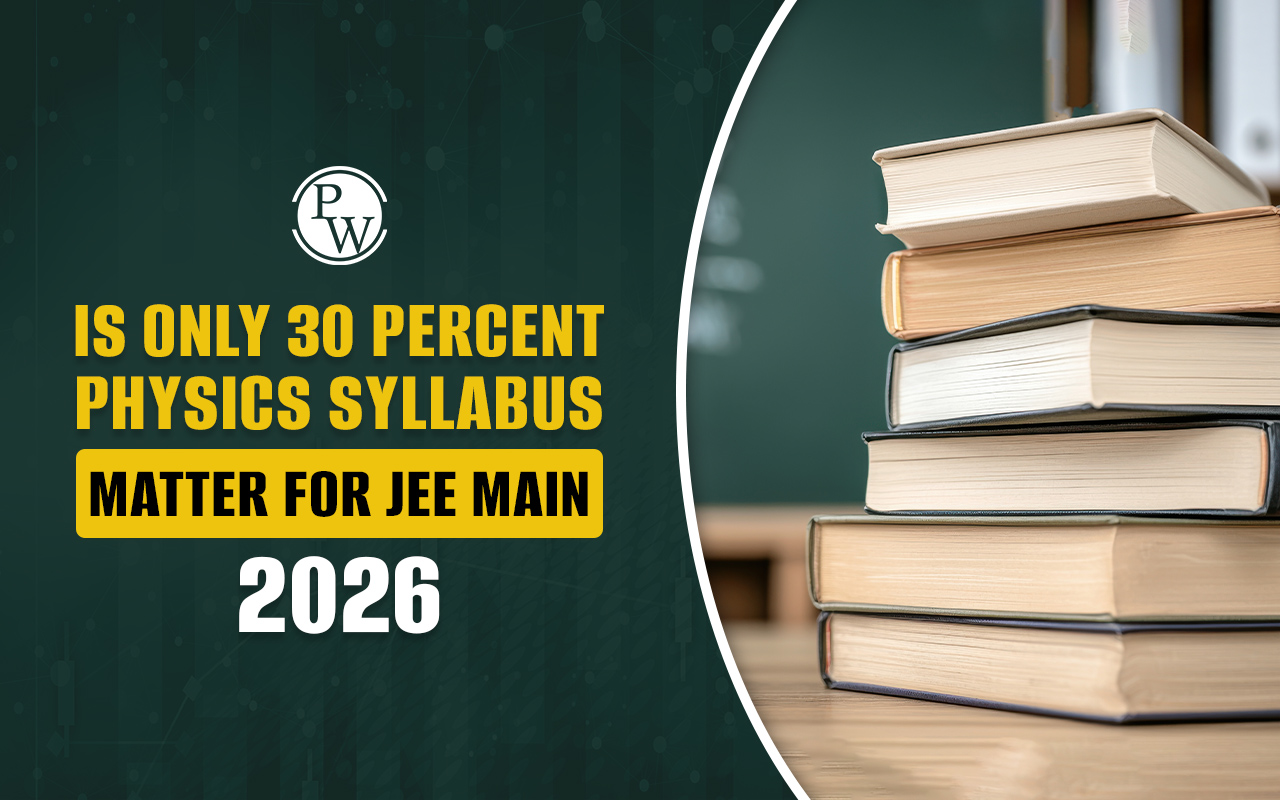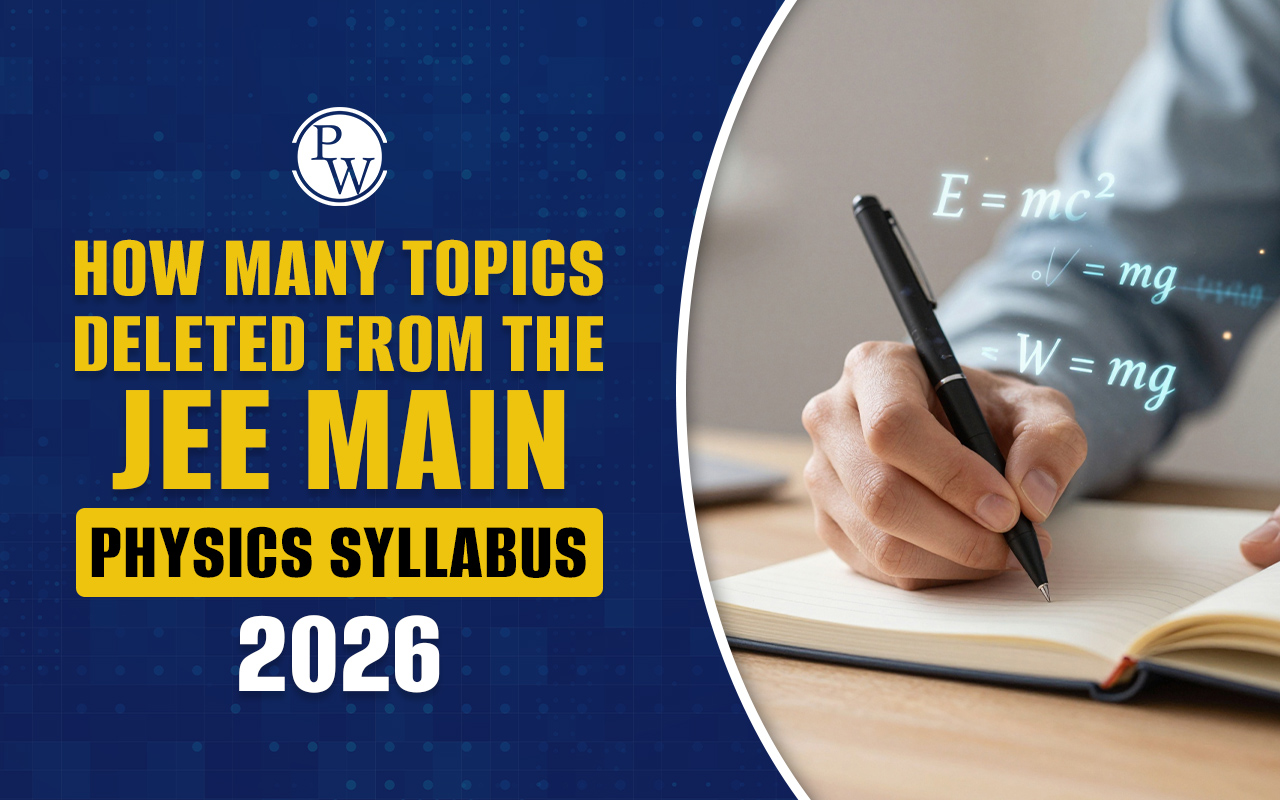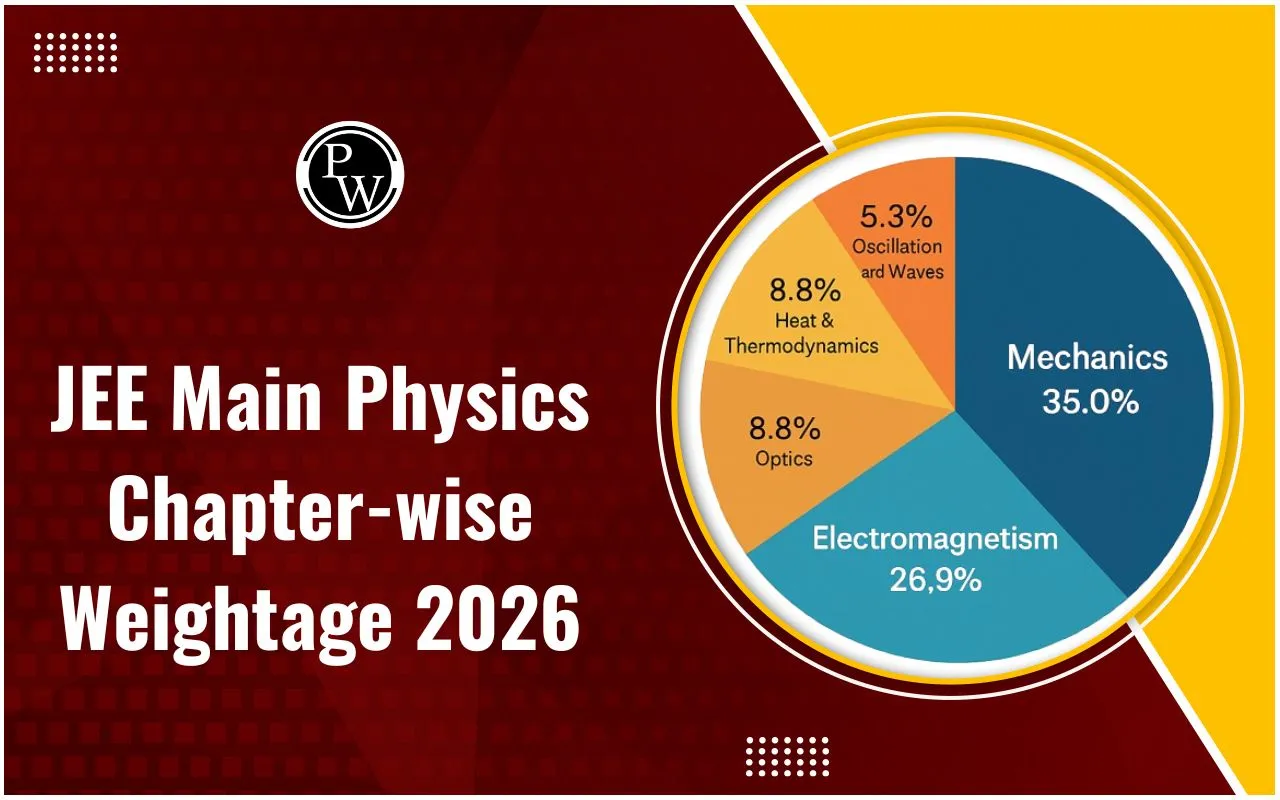
Universal Law of Gravitation : We will learn that Newton further generalized the law by saying that not only the earth but all material bodies in the universe attract each other The constant G is called universal constant of gravitation & the law is known as the universal law of gravitation. Also, the gravitational force between two particles is independent of the presence of other bodies or the properties of the intervening medium.
Gravitational force is conservative force, therefore work done in displacing a body from one place to another is independent of path. It depends only on initial and final positions. Followed by this we will learn how to calculate the value of G using Cavendish experiment.
Introduction Of Law of Gravitation
Introduction Of Law of Gravitation : Why are planets, moon and the sun all nearly spherical? Why do some earth satellites circle the earthin 90 minutes, while the moon takes 27 days for the trip? And why don’t satellites fall back to earth? The study of gravitation provides the answers for these and many related questions.
Gravitation is one of the four classes of interactions found in nature. These are :
(i) the gravitational force
(ii) the electromagnetic force
(iii) the strong nuclear force (also called the hadronic forces)
(iv) the weak nuclear forces.
Although, of negligible importance in the interactions of elementary particles, gravity is of primary importance in the interactions of large objects. It is gravity that holds the universe together.
In this chapter, we will learn the basic laws that govern gravitational interactions.
Newton's Law Of Gravitation
Newton's Law Of Gravitation : Along with his three laws of motion, Newton published the law of gravitation in 1687. According to him; “every particle of matter in the universe attracts every other particle with a force that is directly proportional to the product of the masses of the particles and inversely proportional to the square of the distance between them.”
Thus, the magnitude of the gravitational force F between two particles m1 and m2 placed at a distance r is,
Measurement Of Gravitational Constant G : The gravitational constant G is a small quantity and its measurement needs very sensitive arrangement. The first important successful measurement of this quantity was made by Cavendish in 1736 about 71 years after the law was formulated. In this method, two small balls of equal mass are attached at the two ends of a light rod to form a dumb-bell.
The rod is suspended vertically by a fine quartz wire. Two large spheres of equal mass are placed near the smaller spheres in such a way that all the four spheres are on a horizontal circle. The centre of the circle is at the middle point of the rod
∙ Two larger spheres lie on the opposite sides of the smaller balls at equal distance. A small plane mirror is attached to the vertical wire. A light beam, incident on the mirror, falls on a scale after reflection. If the wire rotates by an angle θ, the reflected beam rotates by 2θ and the spot on the scale moves. By measuring this movement of the spot on the scale and the distance between the mirror and the scale, the angle of deviation can be calculated. When the heavy balls are placed close to the small balls, a torque acts on the dumb-bell to rotate it.
As the dumb-bell rotates, the suspension wire gets twisted and produces a torque on the dumb-bell in opposite direction. This torque is proportional to the angle rotated. The dumb-bell stays in equilibrium where the two torques have equal magnitude. Let the mass of a heavy ball = M , the mass of a small ball = m , the distance between the centres of a heavy ball and the small ball placed close to it = r , the deflection of the dumb-bell as it comes to equilibrium = θ, the torsional constant of the suspension wire = k , the length of the rod = l and the distance between the scale and the mirror = D . The force acting on each of the small balls is F = G Mm /r 2 ⋅
Here we have used the fact that the gravitational force due to a uniform sphere is same as that due to a single particle of equal mass placed at the centre of the sphere. As the four balls are on the same horizontal circle and the heavy balls are placed close to the smaller balls, this force acts in a horizontal direction perpendicular to the length of the dumb-bell. The torque due to each of these gravitational forces about the suspension wire is F (l/2). The total gravitational torque on the dumb-bell is, therefore,
The opposing torque produced by the suspension wire is k θ. For rotational equilibrium.
In an experiment, the heavy balls are placed close to the smaller balls as shown in the figure and the dumb-bell is allowed to settle down. The light beam is adjusted so that the beam reflected by the plane mirror falls on the scale. Now the heavy balls are shifted in such a way that they are placed on the same horizontal circle at same distance from the smaller balls but on the opposite side. In figure, the original positions of the heavy balls are shown by A , B and the shifted positions by A ′, B ′.
As the heavy balls are shifted to the new position, the dumb-bell rotates. If it was settled previously at an angle θ deviated from the mean position, it will now settle at the same angle θ on the other side. Thus, the total deflection of the dumb-bell due to the change in the positions of the heavy balls is 2θ. The reflected light beam deviates by an angle of 4θ.
If the linear displacement of the light spot is d , we have
All the quantities on the righthand side are experimentally known and hence the value of G may be calculated.
Universal Law of Gravitation FAQs
Q.1 : Who proposed the concept of gravity?
Q.2: What is Gravitational force?
Q.3 : What is the value of ‘G’?
Q.4 : Give one example of Gravitational force.










